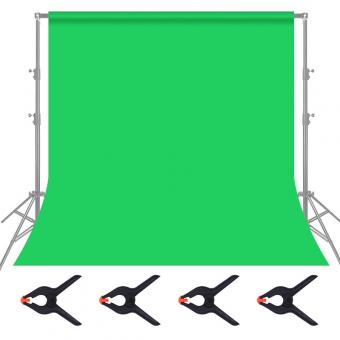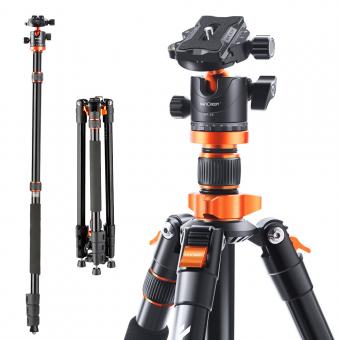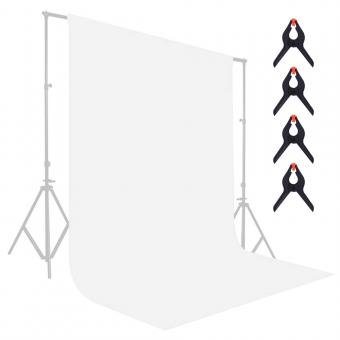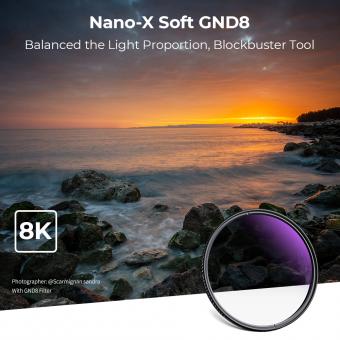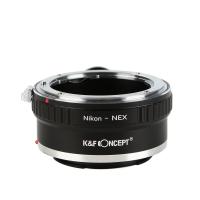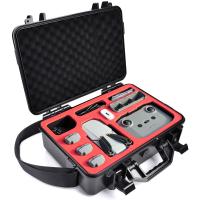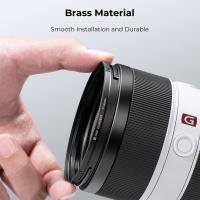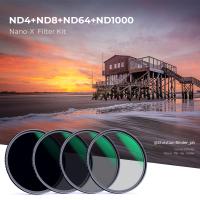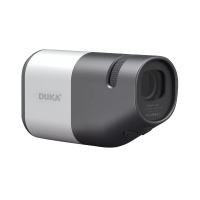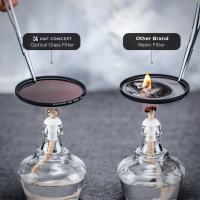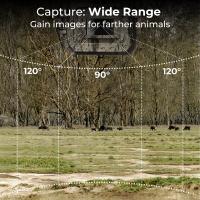What Filters For Landscape Photography ?
Filters are essential tools for landscape photography. Some of the most commonly used filters for landscape photography include:
1. Polarizing filter: This filter helps to reduce glare and reflections from water, glass, and other reflective surfaces. It also enhances the color saturation and contrast of the sky and foliage.
2. Neutral density filter: This filter reduces the amount of light entering the lens, allowing for longer exposure times. It is useful for creating motion blur in waterfalls and rivers or for capturing the movement of clouds.
3. Graduated neutral density filter: This filter is used to balance the exposure between the bright sky and the darker foreground. It is particularly useful for landscape scenes with a bright sky and a dark foreground.
4. Color filter: This filter enhances or changes the color of the scene. For example, a red filter can make the sky appear more dramatic, while a blue filter can enhance the color of water.
5. UV filter: This filter is used to protect the lens from scratches, dust, and other damage. It also helps to reduce haze and improve the clarity of the image.
1、 Polarizing filters
What filters for landscape photography? One of the most popular and effective filters for landscape photography is the polarizing filter. This filter helps to reduce glare and reflections on water, foliage, and other shiny surfaces, resulting in more vibrant and saturated colors. It also helps to darken the sky and enhance cloud definition, making it a great tool for capturing dramatic and dynamic landscapes.
In recent years, there has been a growing trend towards using natural and subtle filters, such as neutral density filters, to achieve a more authentic and realistic look in landscape photography. These filters help to balance the exposure between the sky and the foreground, allowing for more detail and texture to be captured in both areas. They are particularly useful for long exposure photography, where a slow shutter speed is used to create a sense of motion and blur in water or clouds.
Ultimately, the choice of filter for landscape photography will depend on the photographer's personal style and creative vision. Some may prefer to use bold and dramatic filters, while others may opt for more subtle and natural effects. Whatever the choice, filters can be a powerful tool for enhancing the beauty and impact of landscape photography.
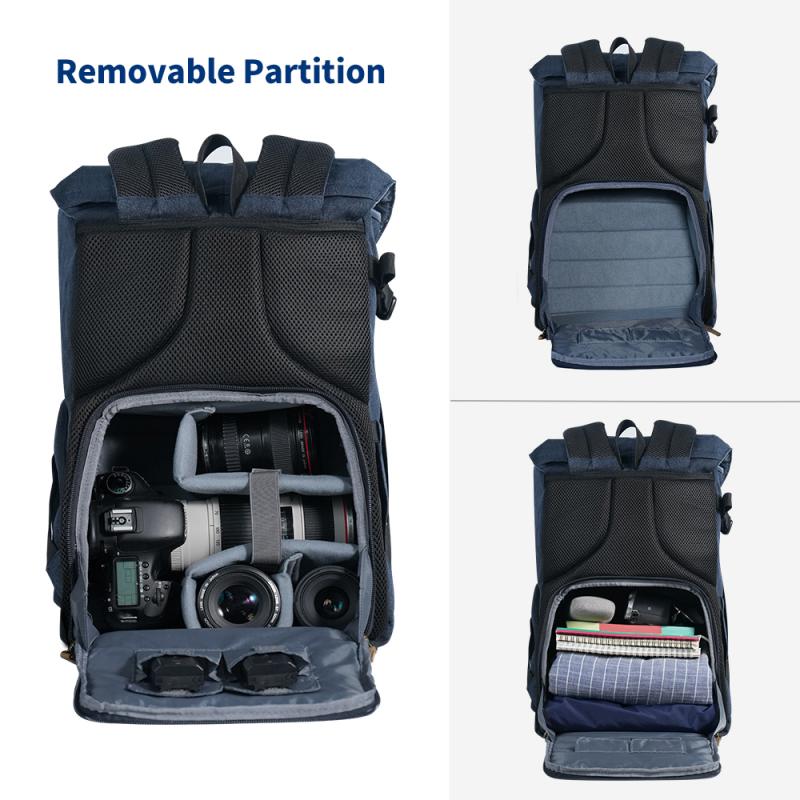
2、 Neutral density filters
Neutral density filters are essential for landscape photography as they help to control the amount of light entering the camera lens. These filters are particularly useful when shooting in bright sunlight or when trying to achieve a long exposure effect. They come in different strengths, ranging from 1-stop to 10-stops, and can be stacked to achieve even greater light reduction.
The latest point of view on neutral density filters is that they are still a crucial tool for landscape photographers, despite advancements in camera technology. While some cameras now have built-in ND filters, they may not offer the same level of control as a physical filter. Additionally, using a physical filter allows the photographer to see the effect of the filter in real-time, which can be helpful in achieving the desired effect.
Another type of filter that is becoming increasingly popular for landscape photography is the polarizing filter. This filter helps to reduce glare and reflections, making colors appear more vibrant and saturated. It can also enhance the contrast between the sky and clouds, making for a more dramatic image.
In conclusion, neutral density filters and polarizing filters are both essential tools for landscape photographers. They allow for greater control over the amount of light entering the camera lens and can enhance the overall quality of the image. While advancements in camera technology may offer some built-in filter options, physical filters still offer a level of control and flexibility that cannot be matched.
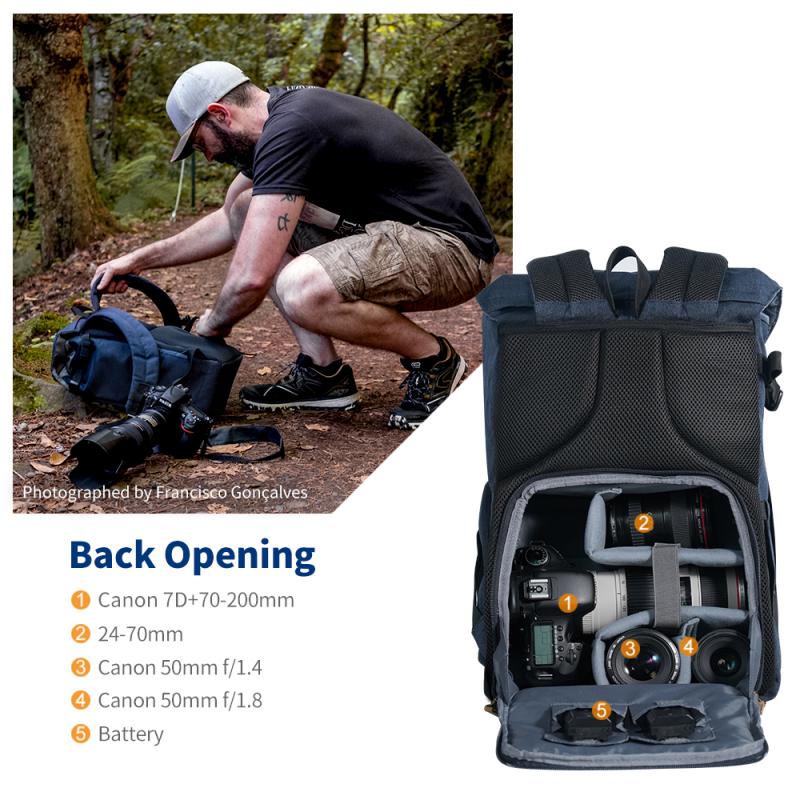
3、 Graduated neutral density filters
What filters for landscape photography? One of the most popular filters for landscape photography is the graduated neutral density filter. This filter is designed to balance the exposure between the bright sky and the darker foreground, which is a common challenge in landscape photography. The filter is darker at the top and gradually becomes lighter towards the bottom, allowing for a more even exposure across the image.
However, with the advancements in digital photography and post-processing software, some photographers argue that the use of graduated neutral density filters is becoming less necessary. With techniques such as bracketing and blending exposures in post-processing, photographers can achieve similar results without the need for physical filters.
That being said, there are still benefits to using graduated neutral density filters. They can help to reduce the amount of time spent on post-processing and can also help to preserve the dynamic range of the image. Additionally, some photographers prefer the look of images captured with physical filters, as opposed to those created through post-processing.
Ultimately, the decision to use graduated neutral density filters in landscape photography comes down to personal preference and shooting style. While they may not be necessary for every situation, they can still be a valuable tool for achieving a balanced exposure in challenging lighting conditions.
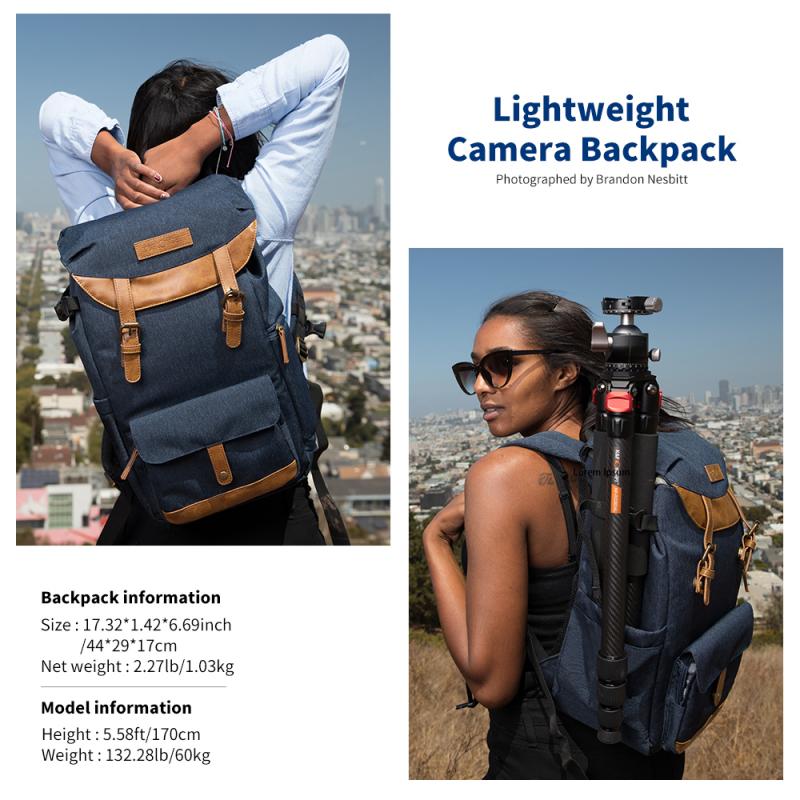
4、 UV filters
What filters for landscape photography? One of the most commonly used filters for landscape photography is the UV filter. UV filters are designed to block ultraviolet light, which can cause a hazy or blue cast in your images. They also protect your lens from scratches, dust, and other debris.
However, there has been some debate in recent years about the necessity of UV filters. Some photographers argue that modern lenses are already coated to block UV light, making the filter redundant. Others argue that the protection aspect of the filter is still valuable, especially if you're shooting in harsh environments.
Ultimately, whether or not to use a UV filter is a personal choice. If you do choose to use one, make sure to invest in a high-quality filter that won't degrade the image quality of your lens. Look for filters made from high-quality glass and with multi-coatings to reduce reflections and flare.
In addition to UV filters, there are a variety of other filters that can be useful for landscape photography. Graduated neutral density filters can help balance the exposure between the sky and the foreground, while polarizing filters can reduce glare and enhance colors. Experimenting with different filters can help you achieve the look and feel you want in your landscape images.



